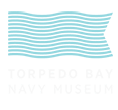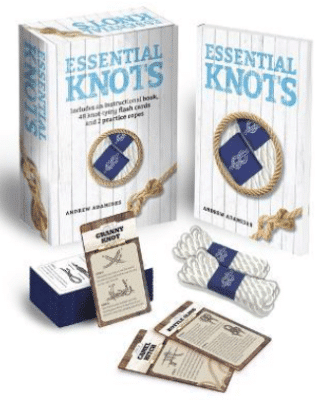Description
Navy blue beanie with RNZN badge on front.
One size fits all.


 Essential Knots Kit by Andrew Adamides1 × NZ $26.09
Essential Knots Kit by Andrew Adamides1 × NZ $26.09 Not Enough Room to Swing a Cat1 × NZ $24.35
Not Enough Room to Swing a Cat1 × NZ $24.35 Ocean Magic Painting1 × NZ $16.52
Ocean Magic Painting1 × NZ $16.52A label given to Royal New Zealand Navy Ships. It stands for Her/His Majesty’s New Zealand Ship.
People in the Navy are graded according to the level of responsibility they have. These are called ranks.
A label given to Royal Navy ships. It stands for Her/His Majesty’s Ship.
A visual design, often in the shape of a shield, that represents a country, place or people.
To be awarded a medal means to be given or presented a medal.
An award given to people in the military. This could be for bravery in a war, for long service or for being part of an operation.
Bravery shown by someone who is in danger, for example when they are fighting in a war.
A planned set of activities that people carry out over a period of time to achieve a military goal.
To be a member of the Navy, Army, or Airforce.
To be a member of the Navy, Army, or Airforce.
Service means to do something for other people or for a cause. In the military, service means to be an official member of the Navy, Army or Air Force.
An artefact is an object or thing. Examples of artefacts are pieces of clothing, tools, or art. Artefacts can tell us things about a place or people.
A medal is usually a flat piece of metal. On one side is a picture of the King or Queen or New Zealand Coat of Arms. On the other side is a design specially chosen for the medal.
Medals are often on coloured ribbons. The ribbon colours have meanings.
A medal can be given for service, or for an event, or for bravery.
Submarines used by the Germans in both World War One and Two. The ‘u’ is for the German word unterseeboot which means “undersea boat”.
The front of a medal.
People in the Navy are graded according to the level of responsibility they have. These are called ranks. A rating is the first rank. An officer is ranked above a rating.
People in the Navy are graded according to the level of responsibility they have. These are called ranks. A rating is the first rank. An officer is ranked above a rating.
A planned military activity.
Peacekeepers protect everyday people, prevent conflicts, help stop violence, and provide security. Military peacekeepers are from countries who are not involved in the war or conflict.
A group of islands that used to be part of Papua New Guinea. It is now the Autonomous Region of Bougainville.
McMurdo Sound is a bay on the north side of Antarctica. It is home to McMurdo Station, the largest research station in Antarctica. The harbour is used by ships and airplanes to resupply.
The British Empire comprised the dominions, colonies, protectorates, mandates, and other territories ruled or administered by the United Kingdom and its predecessor states. It began with the overseas possessions and trading posts established by England in the late 16th and early 17th centuries. At its height in the 19th and early 20th century, it was the largest empire in history and, for a century, was the foremost global power.[1] By 1913, the British Empire held sway over 412 million people, 23 percent of the world population at the time,[2] and by 1920, it covered 35.5 million km2 (13.7 million sq mi),[3] 24 per cent of the Earth’s total land area. As a result, its constitutional, legal, linguistic, and cultural legacy is widespread. At the peak of its power, it was described as “the empire on which the sun never sets”, as the sun was always shining on at least one of its territories.[4]